Luxembourg
Photos
13 Photos
Per Page:
Filter Categories
All
Filters
This satellite photo shows Northwest Europe. Visible are the Republic of Ireland (top leftmost), the United Kingdom (top left), France (middle left), Belgium (middle), the Netherlands (top middle), Germany (right), Denmark (top right), Luxembourg (between France, Germany, and Belgium), Switzerland (bottom middle), Italy (bottom middle), and Austria (bottom right); the latter three all cloud covered. Image courtesy of NASA.

St. John's Church was originally built in 1606. It became the place of worship for Benedictine monks from Neumunster Abbey in the Grund District of Luxembourg City. The present church dates from the late 17th century and has a fine baroque interior. One of its greatest treasurers is a Black Madonna created in the 14th century. The abbey was used as a prison from the mid-19th century to the late-20th century.
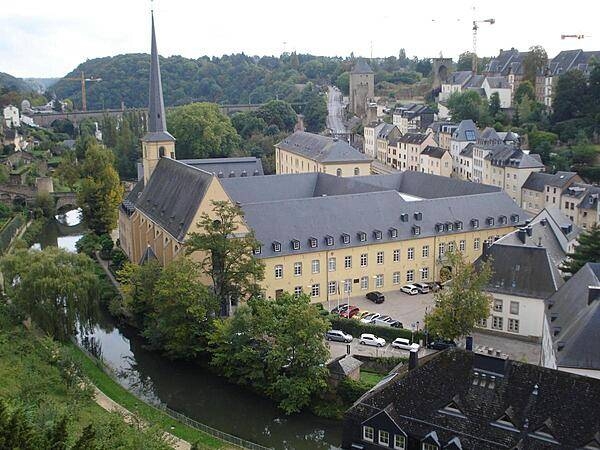
The Grund District is a quarter in central Luxembourg City located on the banks of the Alzette River. The area is a popular night life precinct.
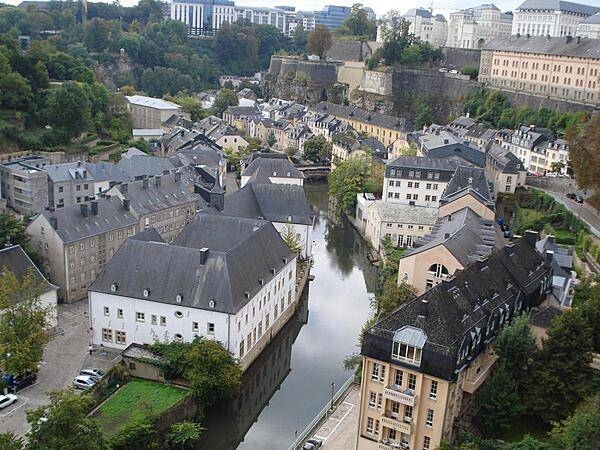
Vegetable gardens on the banks of the Alzette River in the Grund District, Luxembourg City.

St. John's Church in the Grund District, Luxembourg City.
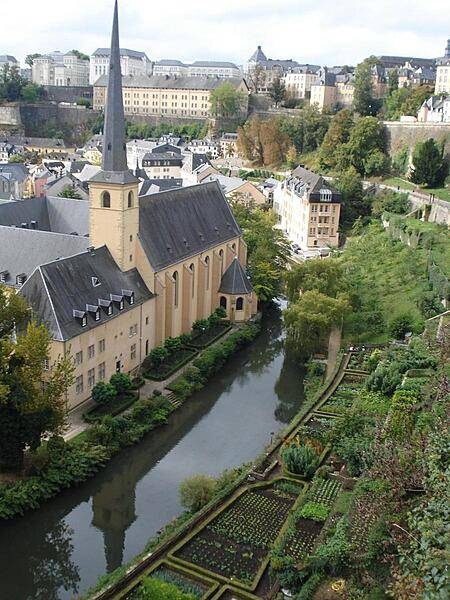
The Citadelle du St-Esprit (Citadel of the Holy Spirit) is one of the largest fortresses in Western Europe; it has changed hands many times and been held by many countries, including France, Germany, and Austria. The massive fortress has been likened to the one on Gibraltar.
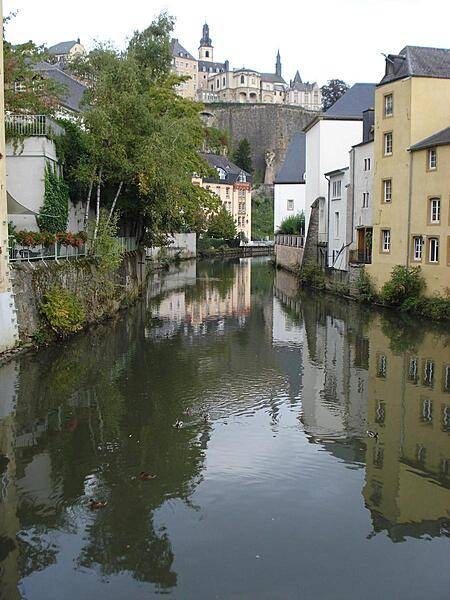
An old section of the Citadel wall.
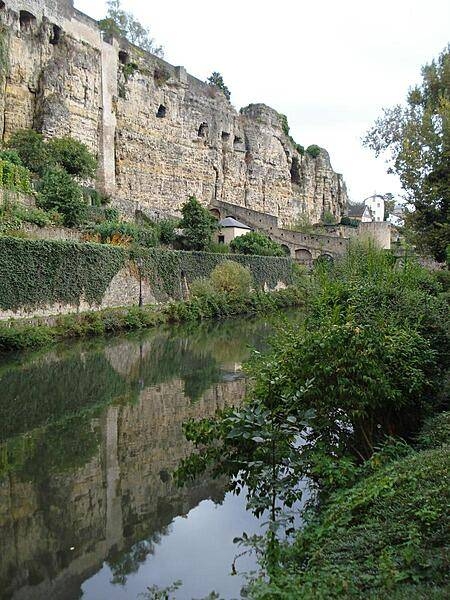
Old bridge to the Citadel.
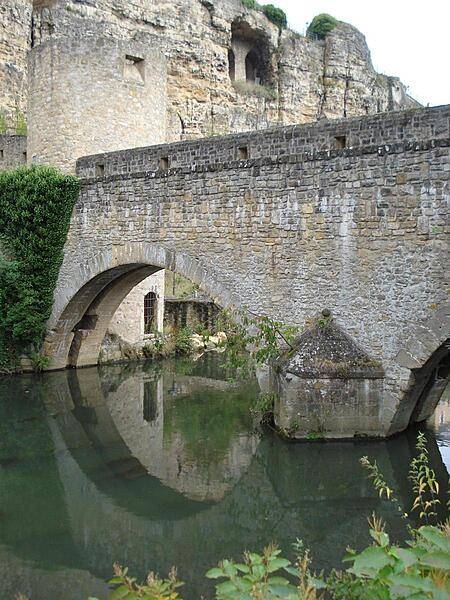
View of modern Luxembourg City from Fort Thungen.
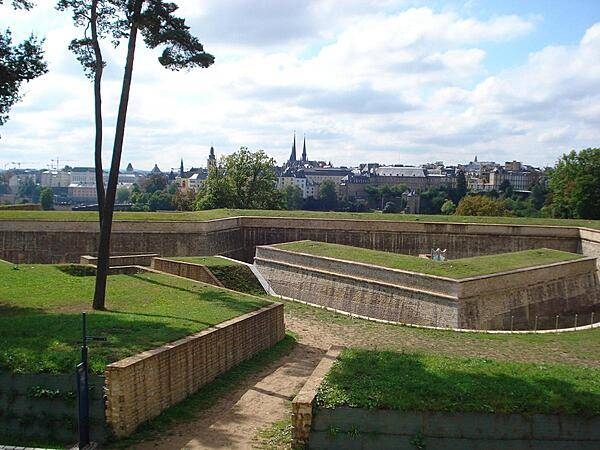
Fort Thungen is colloquially known as Three Acorns because of the acorn located atop each of its three towers. The structure was mostly demolished after the 1867 Treaty of London, which stipulated the removal of Luxembourg City's numerous fortifications. It was completely rebuilt in the 1990s. The Museum of Modern Art (Mudam) may be seen in the background.
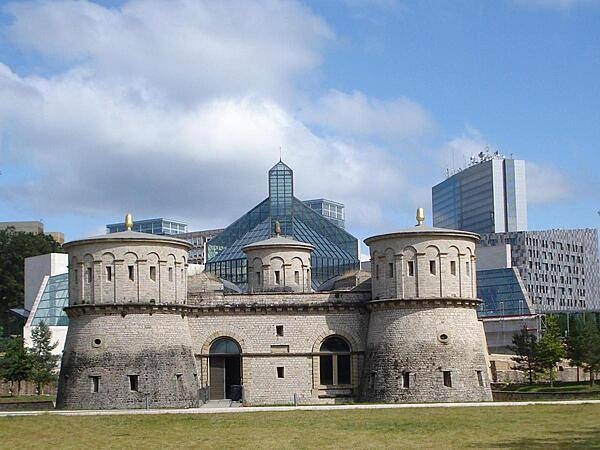
Place Guillaume (William Square) in Luxembourg City is located at the southeast corner of Place d'Armes. It has a statue of King William II at its center and is surrounded by cafes and the Hotel de Ville (Town Hall).

Some of the more than five thousand graves at the Luxembourg American Cemetery and Memorial at Hamm. Most of the interred died during the Battle of the Bulge that was fought nearby in December of 1944 and January of 1945.
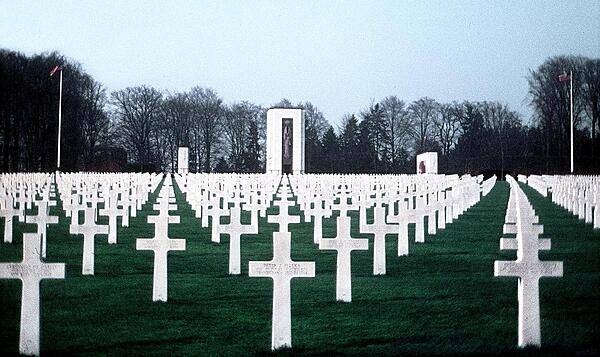
Page 01 of 02